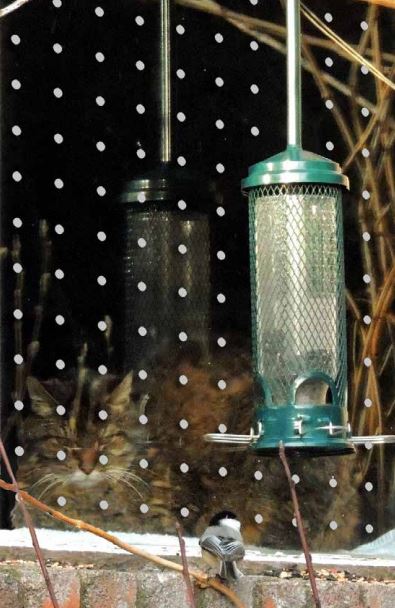Written by Sebastian Belmar, Intermediate Biologist & Regional Practice Leader, Environmental Science, Pinchin Ltd.
World Migratory Bird Day (WMBD) is an annual event that raises awareness for the conservation of migratory birds and their habitats. It has a global outreach and is an effective tool to help raise global awareness of the threats faced by migratory birds, their ecological importance, and the need for international cooperation to conserve them.

Although we seldom stop to think about it, we have much to thank for migratory birds. Miniscule, buzzing hummingbirds pollinate the flowers in our gardens and parks and dozens of wild plants. At the same time, sparrows and many other species disperse the seeds of future generations. Like flycatchers and warblers, other species help our ecosystems function like precisely engineered and well-oiled machines by controlling the populations of insects, including agricultural pests. Some, like turkey vultures and bald eagles, even prevent the emergence of diseases, including potential human pathogens, by feeding on the carcasses of animals. Thus, protecting migratory birds does not only concern the intrinsic ecological values of these species but also the preservation of the economic, cultural, regulatory, and support services that they provide to our societies.
The conservation of migratory birds is challenging because they are affected by stressors acting on their breeding and wintering grounds and along their migration routes. Further, a migratory bird is a broad term encompassing diverse species. Each species has a unique natural history, making identifying threats and developing conservation strategies difficult. However, global research suggests that significant threats include habitat loss in the breeding and wintering grounds, global declines in insect populations, and elevated mortality during migration.

– Bird Fact –
Turkey Vultures and Bald Eagles prevent the emergence of diseases (including human pathogens), by feeding on the carcasses of animals
The 2022 World Migratory Bird Day aims to create awareness of the negative impacts of light pollution on migratory birds. During their migration, most of these species travel at night. Unfortunately, light pollution from our cities attracts and disorients the birds, putting them in danger of predation and causing them to collide with buildings and other artificial structures. Some estimates of the impacts of light pollution suggest that building collisions are responsible for 100 million deaths each year in the United States alone.
The impacts of collisions on the populations of migratory birds can be mitigated by incorporating bird-friendly elements into the design of new buildings and retrofitting existing ones. For example, the City of Toronto, Ontario, developed guidelines describing the best practices for using bird-friendly glass and lighting in construction. Pinchin’s Environmental Science group recently reviewed the guidelines and selected bird-friendly mitigation measures to support the development of a building in Toronto.
The proposed measures include using markers on the glass, opaque construction materials, and exterior structures to improve the visibility of the building. Combining these design elements with the development of a policy to reduce the lighting during the night could effectively reduce the collision risk for migrating birds.

Markers on Glass
Image from City of Toronto – Bird Friendly Best Practices
Opaque/Translucent Glass
Image from City of Toronto – Bird Friendly Best Practices
Exterior Grill
Image from City of Toronto – Bird Friendly Best Practices
This year, World Migratory Bird Day is inviting us to adopt some simple actions that can help reduce the threat of light pollution to migratory birds. These actions include reducing the amount of light outside our homes and businesses, using less-bird-attractive warm lighting, directing outdoor lights downwards, and advocating for changes in our communities to promote bird-friendly lightning.
Let’s join this global movement and thank migratory birds for all they do for us because a thousand small steps can bring significant changes.
For more information visit www.worldmigratorybirdday.org
If you like to learn more about how our Environmental Science or Building Science & Sustainability Group can help you and your business, contact me or your local Pinchin office.